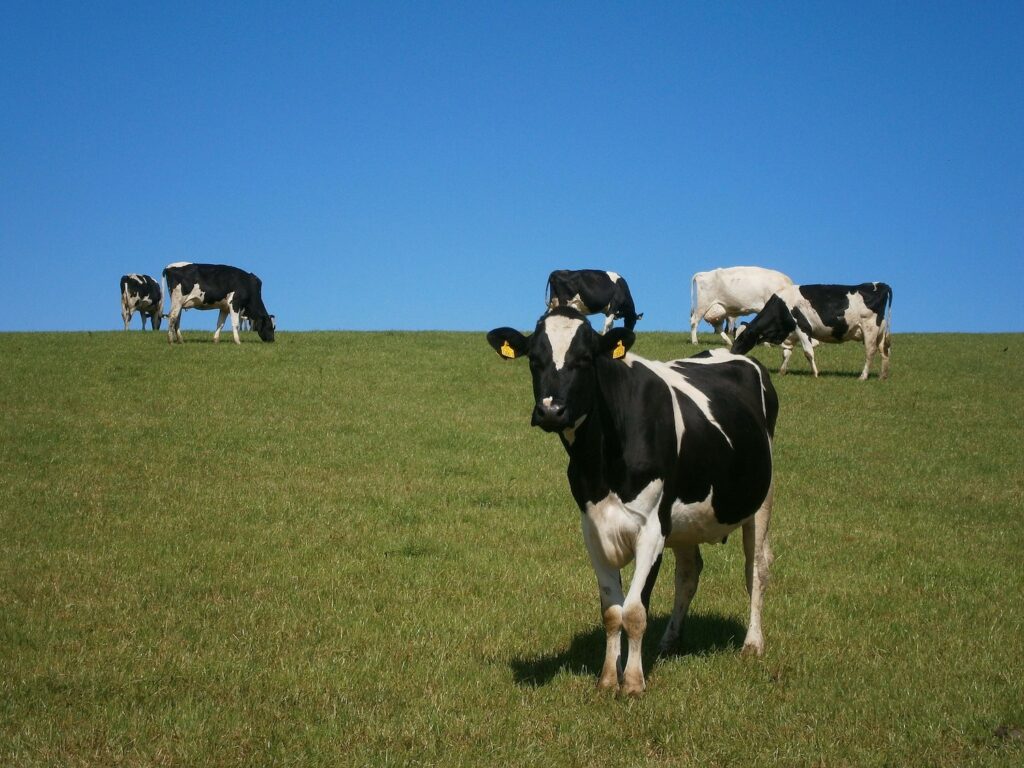Keeping rumen workers happy as forage supplies switch
7th February 2021
Keeping the rumen workers happy as we switch silage clamps or from one cut to another, or change the forage mix in the diet, plays a crucial role in maintaining output and keeping cows fit and healthy.
With most cows on a silage-based diet in mid-winter, there can be significant differences in quality, so even if the clamps have been tested before, they need a double check to make sure dry matter, energy and protein levels haven’t changed too much. This is according to Cargill’s ruminant technical sales manager Donald MacLeod.
Equally important is the acid and fibre content of these silages. Any of these can affect cow performance, Mr MacLeod adds.
“Changes in the diet will affect rumen conditions. And the level of acid from grass silages, particularly from wet silages, can challenge the cow’s ability to balance the rumen.
“The rumen is a finely tuned engine if it’s running smoothly. It handles huge amounts of acid – about 10kg of acid is processed daily by the rumen. But to enable the rumen microbes – all 13 billion of them per millilitre of rumen fluid – to do their work, the rumen must remain neutral.”
These microbes are responsible for digesting fibre in the diet, predominantly from forages, into volatile fatty acids for energy that is used for maintenance and milk production.
Requirements are high. “Just for daily maintenance, the cow needs the same calories as you or I would to run a marathon,” he adds. “And add to that the energy for high levels of milk protein and fat production each day and it would be enough for us to run from London to Edinburgh, if that were possible.
“These rumen microbes are never going to be ‘furloughed’, but they can’t operate in an acidic environment and so, particularly in mid-winter, we encourage producers the use of a rumen buffer in milking cow diets to create a friendlier environment for these rumen microbes. If we keep the microbes happy, they will keep the engine room of the cow going.”
Cargill trials have seen clear advantages where its rumen buffers are used in forage-based dairy rations. “For example, the Equaliser range of buffers have a buffering capacity of more than double that of sodium bicarbonate and a proven track record of stabilising rumen pH.”
Equaliser Fibre+, which now includes the fermentation concentrate Diamond V XP, can improve rumen microbe action and maximise fibre and energy utilisation in the cow’s diet. In 36 peer reviewed trials, this combined buffer has been shown to increase milk yields by 1.34kg/day, milk fat by 0.04% and feed efficiency by 6% compared with a control where no buffer or a standard buffer was used.
“As we move into the second half and most challenging part of winter, keep a look out for changes in intakes or dung consistency, and for production blips,” adds Mr MacLeod. “Test the diets, check they are balanced and use a rumen buffer rather than take any chances.”

